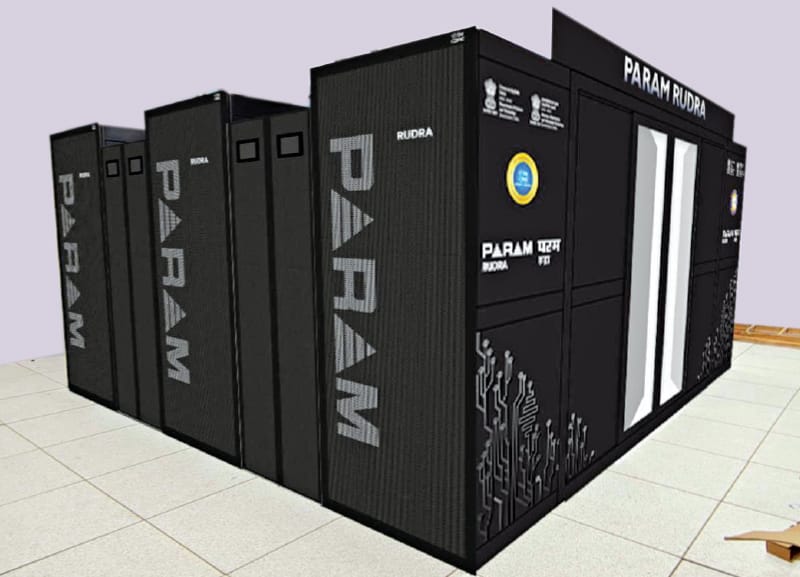
Supercomputers: The Powerhouses of Computing
Supercomputers are ultra-high-performance machines designed to solve the most complex computational problems at speeds far beyond typical computers. They are used for scientific simulations, weather forecasting, AI research, nuclear testing, and more.
Key Features of Supercomputers
✔ Extreme Processing Power – Millions of CPU/GPU cores working in parallel.
✔ Massive Memory & Storage – Petabytes of RAM and storage for handling huge datasets.
✔ High-Speed Interconnects – Fast networking (e.g., InfiniBand) to minimize latency.
✔ Specialized Cooling – Liquid cooling or advanced air cooling to manage heat.
✔ Parallel Processing – Uses MPI (Message Passing Interface) and CUDA/OpenCL for GPU acceleration.
How Supercomputers Work
- Parallel Computing – Breaks tasks into smaller chunks processed simultaneously.
- Cluster Architecture – Thousands of nodes (servers) connected via high-speed networks.
- Vector Processing – Handles large blocks of data efficiently (used in scientific calculations).
Top Supercomputers (2024)
| Rank | Name | Performance (FLOPS) | Country | Use Case |
|---|---|---|---|---|
| 1 | Frontier | 1.1 ExaFLOPS | USA | Nuclear research, AI |
| 2 | Fugaku | 442 PetaFLOPS | Japan | Climate modeling, drug discovery |
| 3 | LUMI | 380 PetaFLOPS | EU (Finland) | AI, quantum research |
| 4 | Leonardo | 240 PetaFLOPS | Italy | Astrophysics, engineering |
| 5 | Summit | 200 PetaFLOPS | USA | Energy, disease research |
*(1 ExaFLOP = 10¹⁸ floating-point operations per second!)*
Applications of Supercomputers
🔹 Weather & Climate Modeling – Predict hurricanes, global warming effects.
🔹 Nuclear Simulations – Test weapons and fusion energy without real explosions.
🔹 Medical Research – Drug discovery, protein folding (e.g., COVID-19 research).
🔹 Space Exploration – Simulate black holes, spacecraft aerodynamics.
🔹 AI & Big Data – Train massive neural networks (e.g., ChatGPT, self-driving cars).
🔹 Cryptography – Break or strengthen encryption algorithms.
Supercomputers vs. Regular Computers
| Factor | Supercomputer | Normal Computer |
|---|---|---|
| Speed | PetaFLOPS–ExaFLOPS | GigaFLOPS–TeraFLOPS |
| Cost | $100M–$1B+ | $500–$5000 |
| Power Usage | Megawatts (needs a small power plant!) | 50–500 Watts |
| Size | Football field-sized (e.g., Oak Ridge’s Frontier) | Fits on a desk |
Future of Supercomputing
🚀 Exascale Computing – Machines like Frontier have already crossed 1 exaFLOP.
🚀 Quantum-Supercomputer Hybrids – Combining quantum computing with classical supercomputing.
🚀 AI-Optimized Supercomputers – Specialized for deep learning (e.g., NVIDIA’s Eos).
